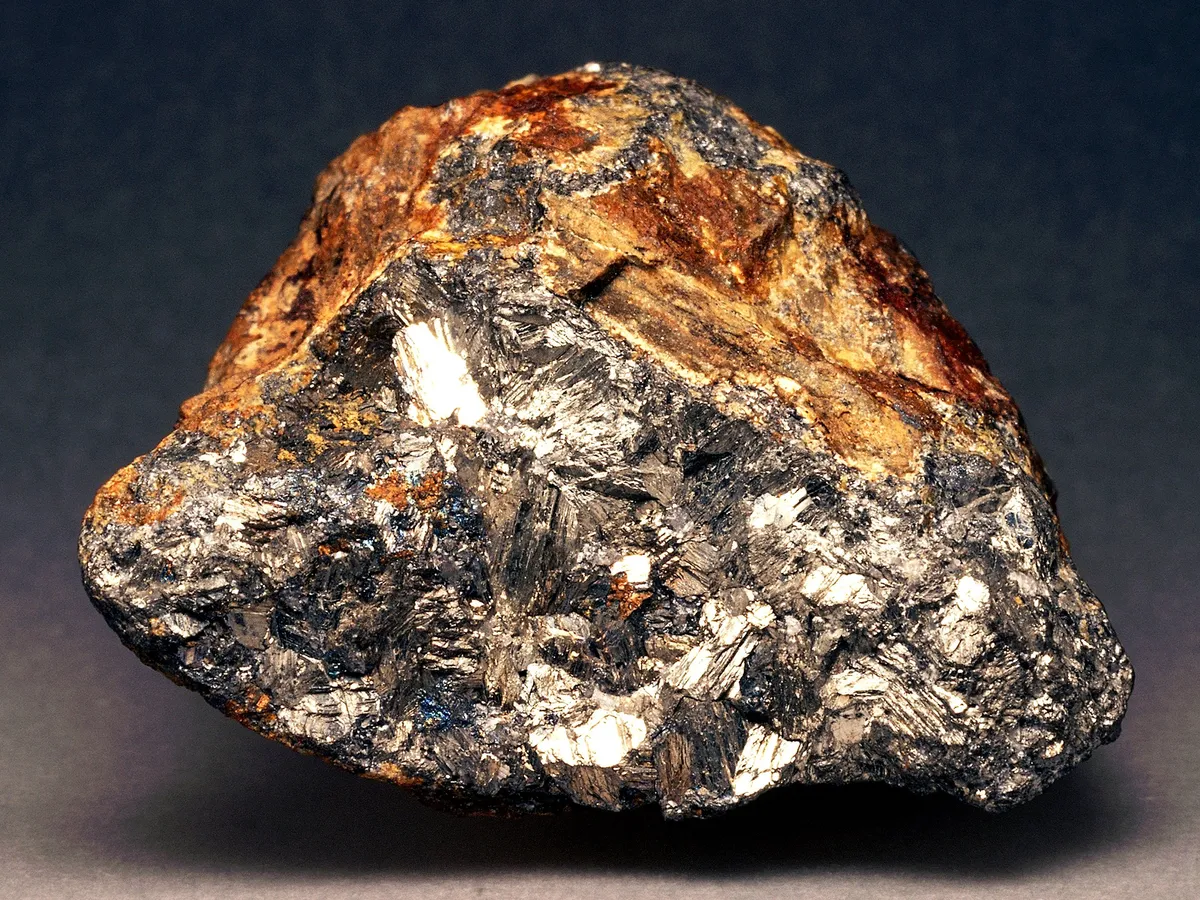
Cost is a crucial variable for any battery that could serve as a viable option for renewable energy storage on the grid. An analysis by researchers at MIT has shown that energy storage would need to cost just US $20 per kilowatt-hour for the grid to be powered completely by wind and solar. A fully installed 100-megawatt, 10-hour grid storage lithium-ion battery systems now costs about $405/kWh, according a Pacific Northwest National Laboratory report. Now, however, a liquid-metal battery scheduled for a real-world deployment in 2024 could lower energy storage costs considerably.
Donald Sadoway, a material chemist and professor emeritus at MIT, has kept affordability foremost on his mind for his many battery inventions over the years, including a recent aluminum-sulfur battery. Low cost also motivated the liquid metal battery, containing molten metal electrodes and a molten salt electrolyte, that he invented and then set off to commercialize by cofounding the startup Ambri in 2010.
Ambri’s grid battery costs $180/kWh to $250/kWh depending on size and duration, the company says. But its projected cost is about $21/kWh by 2030, according to a paper Sadoway and colleagues published in October 2021 in the journal Renewable and Sustainable Energy Reviews. And the Marlborough, Mass., company is now poised for its first utility installation. Ambri and utility company Xcel Energy will start installation of a 300-kWh system in Aurora, Colo. in early 2024; the system should be fully operational by the end of that year.
The liquid-metal battery’s lower cost arises from simpler materials, chemistry, and system design compared to lithium-ion, and its longer lifetime, says Sadoway. “The concept of a liquid-metal battery makes it unique for stationary storage. It’s not flammable, unlike lithium. And it’s resistant to capacity fade. We’ve got data on thousands of charge cycles, which is years of operation. This thing should go 20 years and still retain 95 percent of its capacity. I would invite you to find someone who has an operational 20-year-old lithium-ion battery.”
Conventional batteries are typically made with two solid electrodes—graphite and a lithium metal oxide in the case of lithium-ion batteries—and a liquid electrolyte, along with separators, membranes, and other cost-adding elements. During charge and discharge cycles, as ions from the electrolyte flow into and out of the electrodes, the solid materials expand and contract. Repeated volume changes break apart the particles over time, causing battery capacity to fade.
Ambri’s liquid-metal battery consists of three liquid layers stacked together based on density. The densest, a molten antimony cathode, is on the bottom, the light calcium alloy anode is on top, and the intermediate-density calcium chloride salt electrolyte sits in the middle. “Think of salad oil and vinegar,” Sadoway says, “except here there’s three layers, and they separate because they’re immiscible.”
The liquid-metal design requires fewer components, and the chemistry relies on alloying, so there is no solid-material breakdown, Sadoway says. During discharge, the calcium anode releases calcium ions that move through the electrolyte to the cathode, where they form a calcium-antimony alloy. The process reverses during charging. “There’s no membrane, no separator,” Sadoway says. “All these elements of simplicity dovetail with resiliency.”
When IEEE Spectrum first covered Ambri 10 years ago, the company was toying with lithium or magnesium as the anode. The switch to calcium was to keep costs low, Sadoway says.
One downside of the battery’s novel chemistry, though, has been the long journey to deployment. “When we started the journey to commercialization, there was nobody to rely on,” says Sadoway. “All the fantastic advances that have been made in lithium-ion manufacturing are pretty much inapplicable in this case. The chemistry is different, the form factor is different. So we had to invent everything, including the manufacturing machinery.”
The company now has a large order for batteries from Microsoft, which wants to move away from diesel generators as backup energy sources at its data centers. Microsoft tested Ambri’s battery last year.
As Ambri scales up, it will have to ensure a steady supply of antimony. Nearly 90 percent of the world’s antimony today comes from China, Russia, and Tajikistan, according to Investor Intel. In August 2021, Ambri signed a supply agreement with Perpetua Resources, one of the few U.S. producers of antimony.
Molten Metals Corp., a Canadian mineral-exploration company, is also pursuing antimony production in North America. The company has mineral rights to an antimony mine in Nova Scotia that has been abandoned since the 1960s. Molten Metals representative Brooklyn Reed says that the company is working with existing landowners to restart mining operations.
“There is antimony in North America; it’s not just found in China,” Sadoway says. “You don’t keep looking for more resources if you’ve met market need. We can meet the need for antimony for now, and supply could keep pace with growth. As those needs grow, we can move over to looking at greater sources. We’re not asking for more than is available in the Earth’s crust.”
